New Products & Services
September 2018
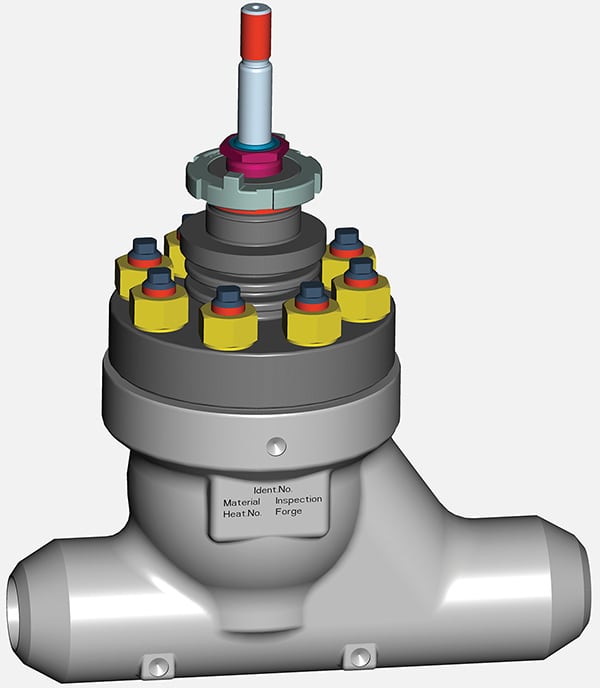 The new 190 Series (photo) of control and shutoff valves features dye-forged pressure-containing parts (valve housing and bonnet), guaranteeing a homogeneous material structure without any discontinuities. Such microscopic defects, which are very difficult to prevent and to evaluate, especially on cast materials, may lead to incipient cracks under hard mechanical or thermal alternating load and, subsequently, early failure of the valve. The valve trims are compatible with the Ecotrol system, which offers easy maintenance with an exchangeable, clamped seat ring. That means there is no seat thread requiring special tools. Parabolic or perforated plugs are available in a wide range of rated flow coefficients. The valves are delivered with butt-weld ends per EN 12627 or ASME B16.25, with pipe outer diameters from 33.7 to 76.1 mm. Optionally, socket-weld end or threaded connections are available. — ARCA Regler GmbH, Tönisvorst, Germany
The new 190 Series (photo) of control and shutoff valves features dye-forged pressure-containing parts (valve housing and bonnet), guaranteeing a homogeneous material structure without any discontinuities. Such microscopic defects, which are very difficult to prevent and to evaluate, especially on cast materials, may lead to incipient cracks under hard mechanical or thermal alternating load and, subsequently, early failure of the valve. The valve trims are compatible with the Ecotrol system, which offers easy maintenance with an exchangeable, clamped seat ring. That means there is no seat thread requiring special tools. Parabolic or perforated plugs are available in a wide range of rated flow coefficients. The valves are delivered with butt-weld ends per EN 12627 or ASME B16.25, with pipe outer diameters from 33.7 to 76.1 mm. Optionally, socket-weld end or threaded connections are available. — ARCA Regler GmbH, Tönisvorst, Germany
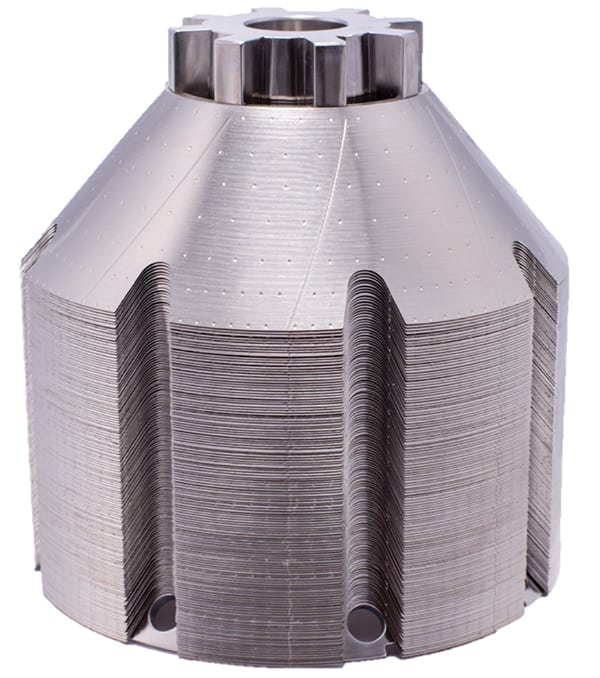
Alfa Laval
UniDisc (photo) is this company’s latest innovation for disc stack separators. This new disc technology is said to increase separation capacity by as much as 30%, while simultaneously providing an extremely high degree of hygiene. Unlike traditional separator discs with caulks that have been welded to the plates, discs with UniDisc technology feature micro-caulks that are formed during the pressing process. This ensures even, minimal spacing between the discs in the disc stack. By reducing the amount of spacing between each disc, it is possible to fit more discs within the same volume. Increasing the number of discs, in turn, means increased separation area with an improved flow capacity. The micro-caulks are integrated into the design of the disc itself. The multitude of small caulks strengthens the disc construction while simultaneously ensuring greater hygienic properties than possible in previous generations of disc stack technology. — Alfa Laval AB, Lund, Sweden
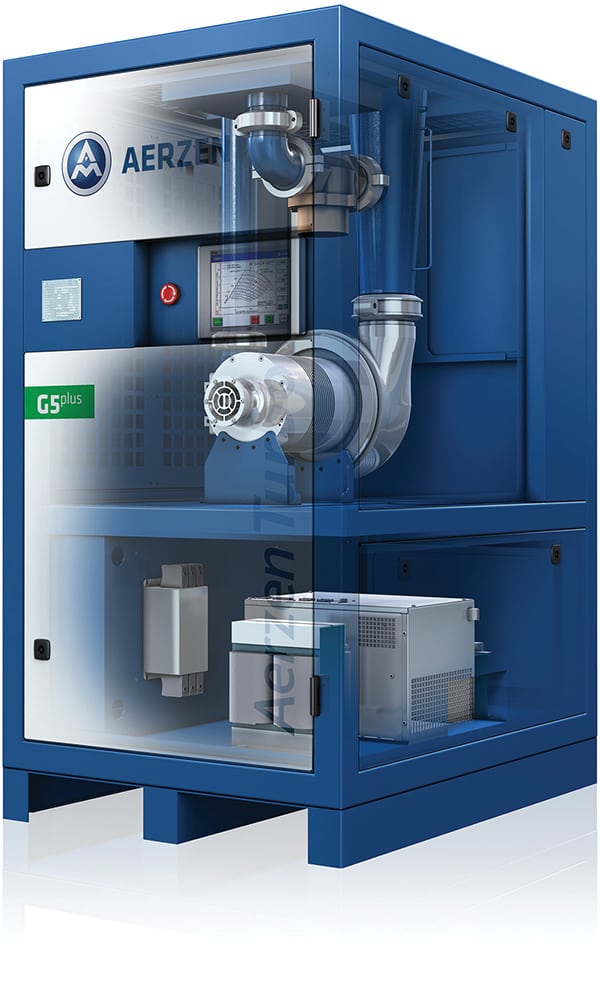
Aerzener Maschinenfabrik
The new Aerzen Turbo G5 plus (photo) high-efficiency turbocompressor features air-foil bearings with a double coating of Teflon and graphite, which provides increased temperature resistance and a lifetime of more than 80,000 h of operation — independently from start and stop cycles. A new multilevel frequency converter technology (>55 kW) reduces the heat loss in the motor to a minimum and, consequently, improves the total efficiency significantly. Turbo G5 plus is offered for volume flows from 300 to 8,400 m3/h, and for a maximum pressure of 1,000 bars. Eight blower sizes from the small AT 25-0.8 G5 plus to the largest model AT 200-1.0 G5 plus are currently available, and five more are in preparation. — Aerzener Maschinenfabrik GmbH, Aerzen, Germany

ABB
The new LMS200 magnetically actuated level-gage switch (photo) is non-invasive and designed to improve the ease of use, safety and reliability of magnetically coupled switches in demanding conditions. The level setpoint is easily adjustable without changing any process piping or risking a plant shutdown. The gage is RoHS 2.0 compliant with global Hazloc ATEX/IECEx and cFMus approvals. When mounted on the company’s KM26 magnetic liquid-level gage, or any other magnetic level gages that contain a magnetic float, the LMS200 switch can sense high or low levels within a vessel. The unique magnetic coupling action avoids the need for seals, diaphragms, springs or torque tubes. — ABB Inc., Warminster, Pa.
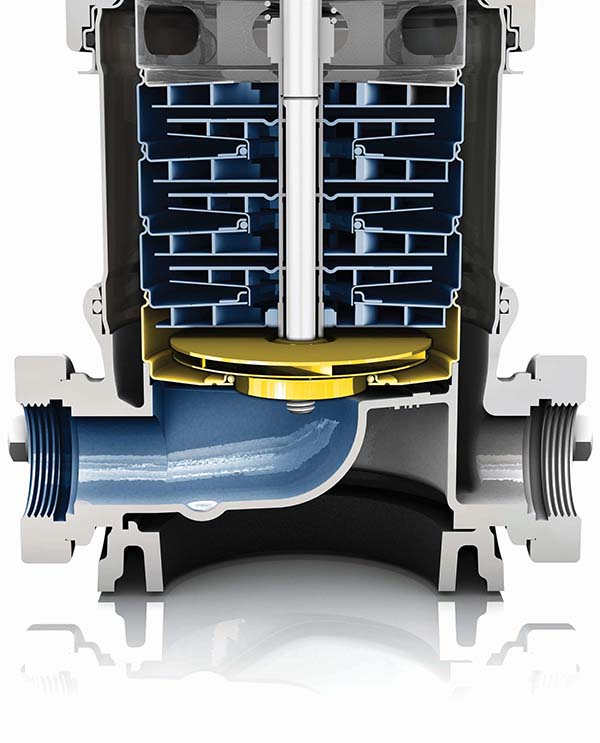
KSB
Movitec multistage high-pressure pumps (photo) feature a new impeller that significantly improves the pumps’ suction characteristics, including net positive suction head (NPSH). The impeller is particularly suitable in applications with critical inlet conditions (for instance, boiler-feed applications), as well as applications in which the pump is required to take in water from low-lying tanks or at higher temperatures. Under these conditions, a pressure drop in the intake area may cause cavitation to occur in the first pump stage. This can result in excessive wear of pump parts or motor bearings, as well as a reduced service life of the pump due to damaged parts and an unbalanced hydraulic system. The new impeller is offered as an alternative to the standard product. The new impeller features a modified inlet diameter, vanes allowing a slightly diagonal throughflow and a newly designed stage casing, all of which serve to substantially improve the pump’s NPSH curve. — KSB SE & Co. KGaA, Frankenthal, Germany
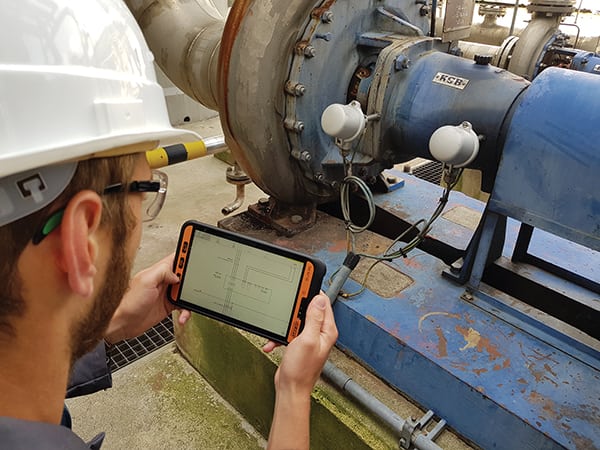
ecom instruments
The newest product in the Tab-Ex series of hazardous-area mobile devices (photo) is based on the latest Samsung Galaxy Tab Active2 and integrates augmented reality (AR) applications. With the Tab-Ex 02, users can communicate in realtime, as well as collect and retrieve data, parameters and information remotely. Due to its magnetic gyroscope, the tablet enables users to identify objects in an installation via AR applications. The software delivers all underlying, existing data directly on the mobile device’s display in realtime, while also making it shareable within a company’s network. Whether through construction plans, maintenance information or operating states, the reality is enriched and extended by virtual data already stored in the plant. The mobile use of AR can solve multiple challenges and tasks in the industry, from rapid commissioning of a plant, transparent processes and precise maintenance to efficient asset management. — ecom instruments GmbH, Assamstadt, Germany
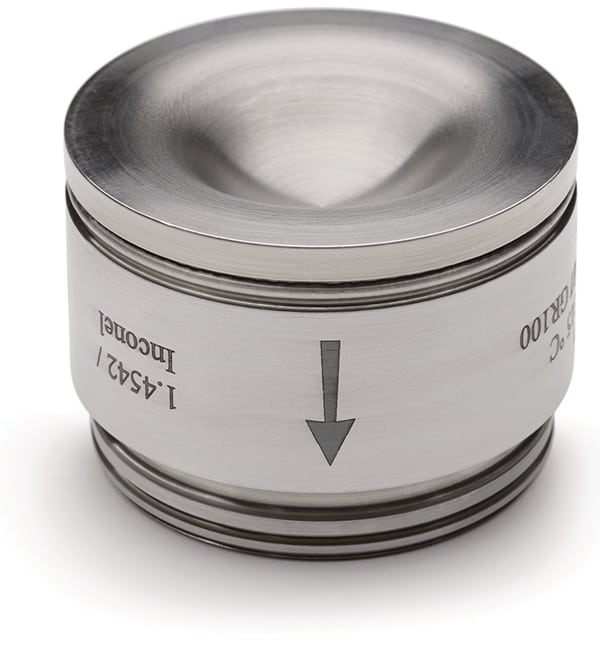
Rembe
Since this company’s engineers have modified the standard rupture-disc design, its high-pressure rupture discs (photo) have become significantly more durable. The welding seam of the rupture disc is not stressed as usual, in terms of shearing and bending, but only in terms of pressure. Through the geometric separation of the stress spike and the welding seam, the rupture disc is longer-lasting and allows the lowest rupture tolerances of up to±3% at pressures of up to 5,000 bars and temperatures up to 400°C. — Rembe GmbH Safety + Control, Brilon, Germany
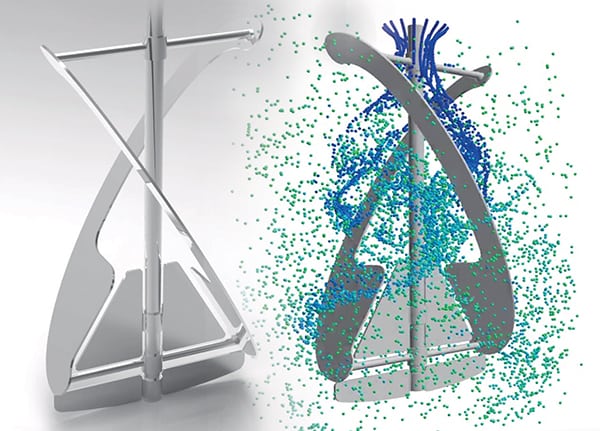 Multi-product reactors with enhanced heat-transfer requirements are often equipped with simple radially working mixing systems with various types of impellers. To improve the performance of such reactors, this company has developed the Varioblade (photo), which is a flexible, modular impeller with an optimized split between axial and radial flow components by different shapes of the upper and lower impeller parts. Compared to standard frame- or blade-type impellers, the blend times — especially in the mid-viscous range — can be improved by up to 50%, says the company. The Varioblade is not a close-wall-clearance system, but operates in the center of reactors, typically with coils, where radial flow components are required. The positioning of the three elements — outer blade, inner blade and bottom anchor — can be varied. Therefore, this impeller can handle different mixing-task combinations with varying viscosities up to 50,000 cP. — Ekato Group, Schopfheim, Germany
Multi-product reactors with enhanced heat-transfer requirements are often equipped with simple radially working mixing systems with various types of impellers. To improve the performance of such reactors, this company has developed the Varioblade (photo), which is a flexible, modular impeller with an optimized split between axial and radial flow components by different shapes of the upper and lower impeller parts. Compared to standard frame- or blade-type impellers, the blend times — especially in the mid-viscous range — can be improved by up to 50%, says the company. The Varioblade is not a close-wall-clearance system, but operates in the center of reactors, typically with coils, where radial flow components are required. The positioning of the three elements — outer blade, inner blade and bottom anchor — can be varied. Therefore, this impeller can handle different mixing-task combinations with varying viscosities up to 50,000 cP. — Ekato Group, Schopfheim, Germany